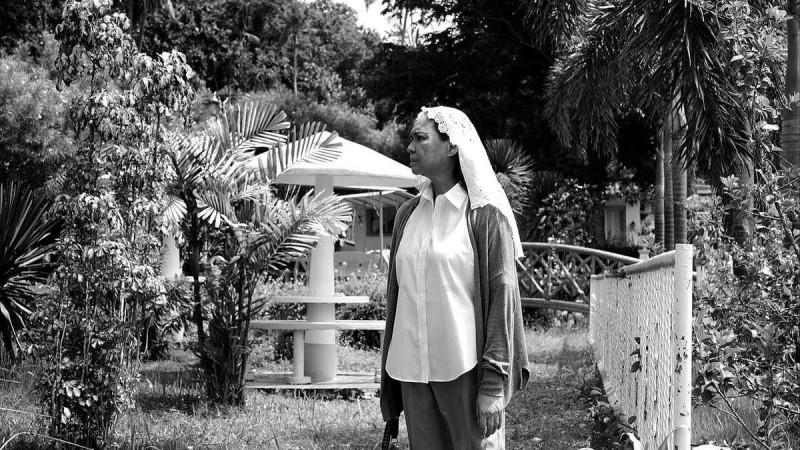Ang Babaeng Humayo (2016, Lav Diaz): time and solace and sorrow
The manipulation of time is the soul of Lav Diaz’s artistry. As many writers have noted, time is Diaz’s instrument of exchange with his audience: the viewers surrender their precious hours for his films, in exchange for glimpses at truths of the world and humanity, and insights into the fabled human condition. It is not merely about the unconventionally epic lengths of his works, which is apparent enough, but also his penchant for protracted, steady gazes. In the spectrum of pacing in cinema, Diaz’s works occupy the extremity opposite the dizzying, rushed rhythm of Hollywood action flicks.
Lav Diaz manipulates time in this manner often to express both solace and sorrow. In Ang Babaeng Humayo (The Woman Who Left), this takes particular resonance. It is the story of Horacia (Charo Santos-Concio), a schoolteacher who is imprisoned for thirty years for a crime she did not commit. Her name itself derives from the Latin hora, signifying hour, or time.
Warning: this review presents a reading of the film, and it necessarily shares details of plot and other elements, or ‘spoilers’.
Continue reading at Reverse Delay.
ThINQ is the Inquirer's attempt to highlight in the public space the distinct viewpoints contributed by bloggers covering a wide range of topics and issues.
If you'd like to be included in the ThINQ blogger network, e-mail sara.pacia@inquirer.net with the subject "ThINQ Membership" along with your blog's URL and topics your blog currently covers.





















